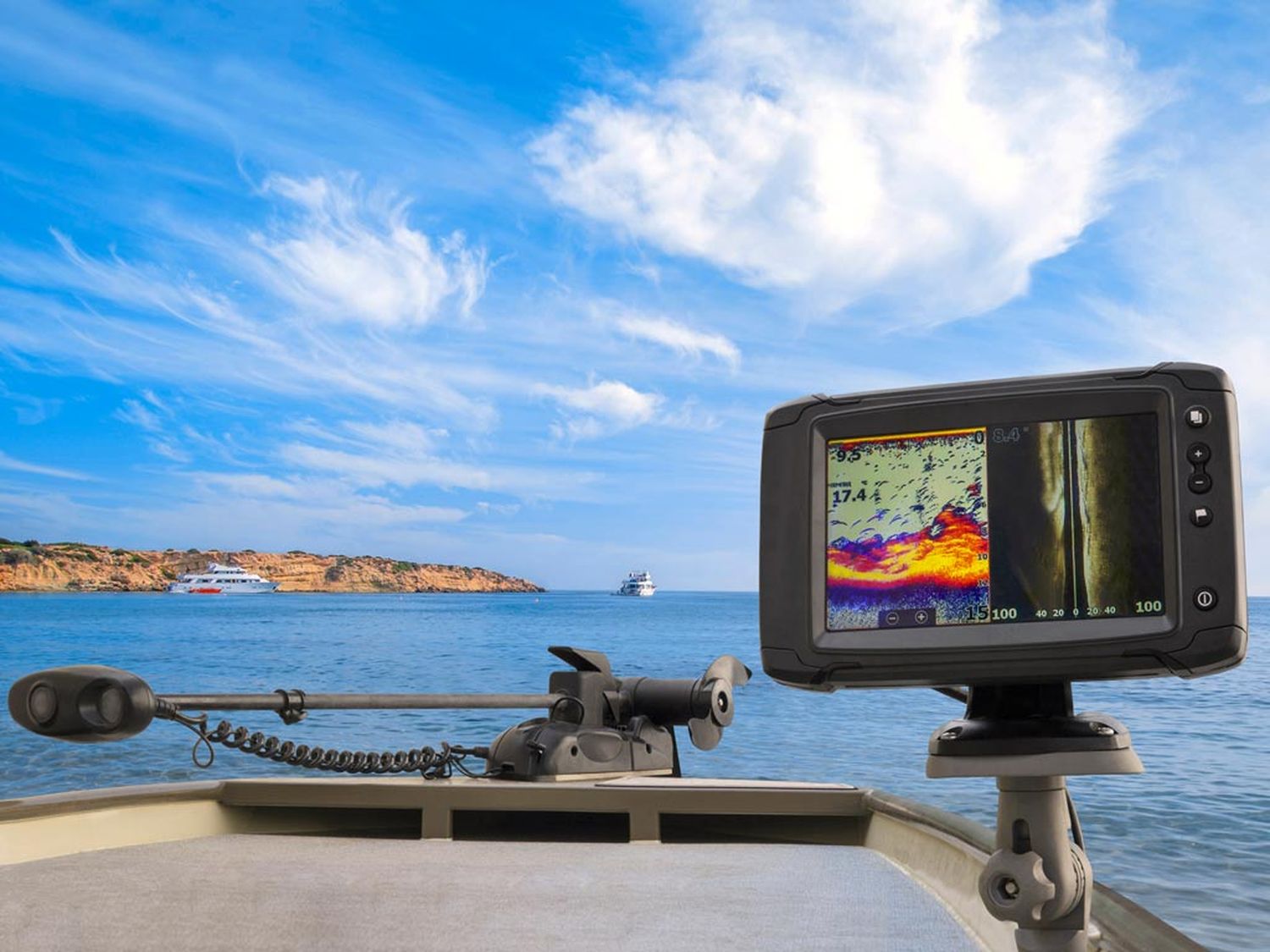
Ever wondered how anglers locate fish with pinpoint accuracy? The secret lies in a nifty device called a fish finder. This gadget uses sonar technology to detect underwater objects, making fishing trips more productive and enjoyable. Whether you're a seasoned fisherman or a curious newbie, understanding how a fish finder works can transform your fishing experience. From its history to its modern-day applications, there's a lot to learn about this fascinating tool. Ready to dive into some cool facts? Let's explore 28 intriguing tidbits about fish finders that will make you appreciate this technology even more.
What is a Fish Finder?
A fish finder is a device used by anglers to locate fish underwater. It uses sonar technology to detect fish and other objects in the water. Here are some fascinating facts about fish finders:
-
Sonar Technology: Fish finders use sonar (Sound Navigation and Ranging) to send sound waves into the water. When these waves hit an object, they bounce back to the device, creating an image.
-
First Use: The first fish finder was developed in the 1950s. It was a game-changer for commercial and recreational fishing.
-
Display Screens: Modern fish finders come with high-resolution display screens, making it easier to interpret the sonar data.
-
GPS Integration: Many fish finders now include GPS technology, allowing anglers to mark fishing spots and navigate waters more effectively.
-
Depth Range: Some advanced fish finders can detect fish up to 3,000 feet below the surface.
How Fish Finders Work
Understanding how fish finders operate can help you make the most of this technology. Here are some key points:
-
Transducer: The transducer is the part of the fish finder that sends and receives sonar signals. It’s usually mounted on the boat’s hull.
-
Frequency: Fish finders operate at different frequencies. Higher frequencies provide more detail but cover less area, while lower frequencies cover more area but with less detail.
-
Cone Angle: The cone angle determines the width of the sonar beam. A wider cone angle covers more area, while a narrower angle provides more detail.
-
Dual Beam: Some fish finders use dual-beam technology, combining both wide and narrow beams for better accuracy.
-
CHIRP Technology: CHIRP (Compressed High-Intensity Radiated Pulse) technology sends a continuous range of frequencies, providing clearer and more detailed images.
Benefits of Using a Fish Finder
Fish finders offer numerous advantages for both novice and experienced anglers. Here are some benefits:
-
Time-Saving: Fish finders help locate fish quickly, saving time and effort.
-
Increased Catch Rate: By identifying fish locations, anglers can increase their chances of a successful catch.
-
Safety: Fish finders can detect underwater hazards, helping to avoid accidents.
-
Water Temperature: Many fish finders display water temperature, which can be crucial for finding certain fish species.
-
Structure Identification: Fish finders can identify underwater structures like rocks, vegetation, and wrecks, which are often fish hotspots.
Types of Fish Finders
There are various types of fish finders, each with unique features. Here’s a look at some common types:
-
Standalone Fish Finders: These are basic units that focus solely on sonar capabilities.
-
Combination Fish Finders: These devices combine sonar with GPS, offering navigation and fish-finding in one unit.
-
Networked Systems: These advanced systems can connect to other devices like radar, autopilot, and weather modules.
-
Portable Fish Finders: Ideal for small boats or ice fishing, these units are compact and easy to transport.
-
Castable Fish Finders: These are small, wireless units that can be cast from a fishing rod, perfect for shore fishing.
Tips for Using a Fish Finder
Maximizing the effectiveness of a fish finder requires some know-how. Here are some tips:
-
Proper Installation: Ensure the transducer is correctly installed for accurate readings.
-
Adjust Sensitivity: Adjust the sensitivity settings to filter out noise and get clearer images.
-
Learn to Read the Display: Spend time learning how to interpret the sonar images on the display.
-
Use GPS Features: Take advantage of GPS features to mark productive fishing spots.
-
Regular Maintenance: Keep the fish finder and transducer clean and well-maintained for optimal performance.
Fun Facts About Fish Finders
Fish finders have some interesting and lesser-known aspects. Here are a few fun facts:
-
Ice Fishing: Some fish finders are designed specifically for ice fishing, with features that work well in freezing temperatures.
-
Fish ID Technology: Some models can identify fish species based on their sonar return signature.
-
Smartphone Integration: Modern fish finders can connect to smartphones, allowing anglers to view sonar data on their mobile devices.
The Final Cast
Fish finders have revolutionized how anglers approach their favorite pastime. These devices, packed with advanced technology, make locating fish easier and more efficient. From sonar to GPS, fish finders offer a range of features that cater to both novice and experienced anglers. Understanding how to interpret the data displayed on these devices can significantly enhance your fishing experience.
Whether you're fishing in freshwater or saltwater, a fish finder can be a game-changer. It helps you save time, increases your chances of a successful catch, and adds a layer of excitement to your fishing trips. Investing in a quality fish finder is a smart move for anyone serious about fishing.
So, next time you head out to the water, make sure you have your fish finder ready. It might just be the tool you need to reel in that big catch.
Was this page helpful?
Our commitment to delivering trustworthy and engaging content is at the heart of what we do. Each fact on our site is contributed by real users like you, bringing a wealth of diverse insights and information. To ensure the highest standards of accuracy and reliability, our dedicated editors meticulously review each submission. This process guarantees that the facts we share are not only fascinating but also credible. Trust in our commitment to quality and authenticity as you explore and learn with us.
